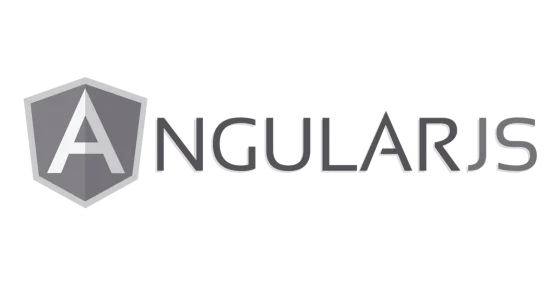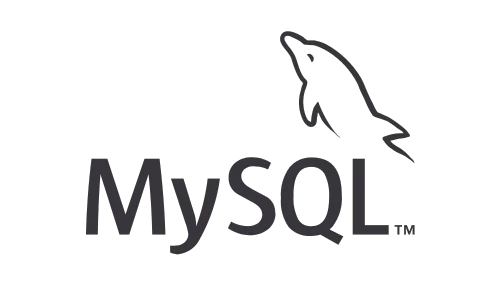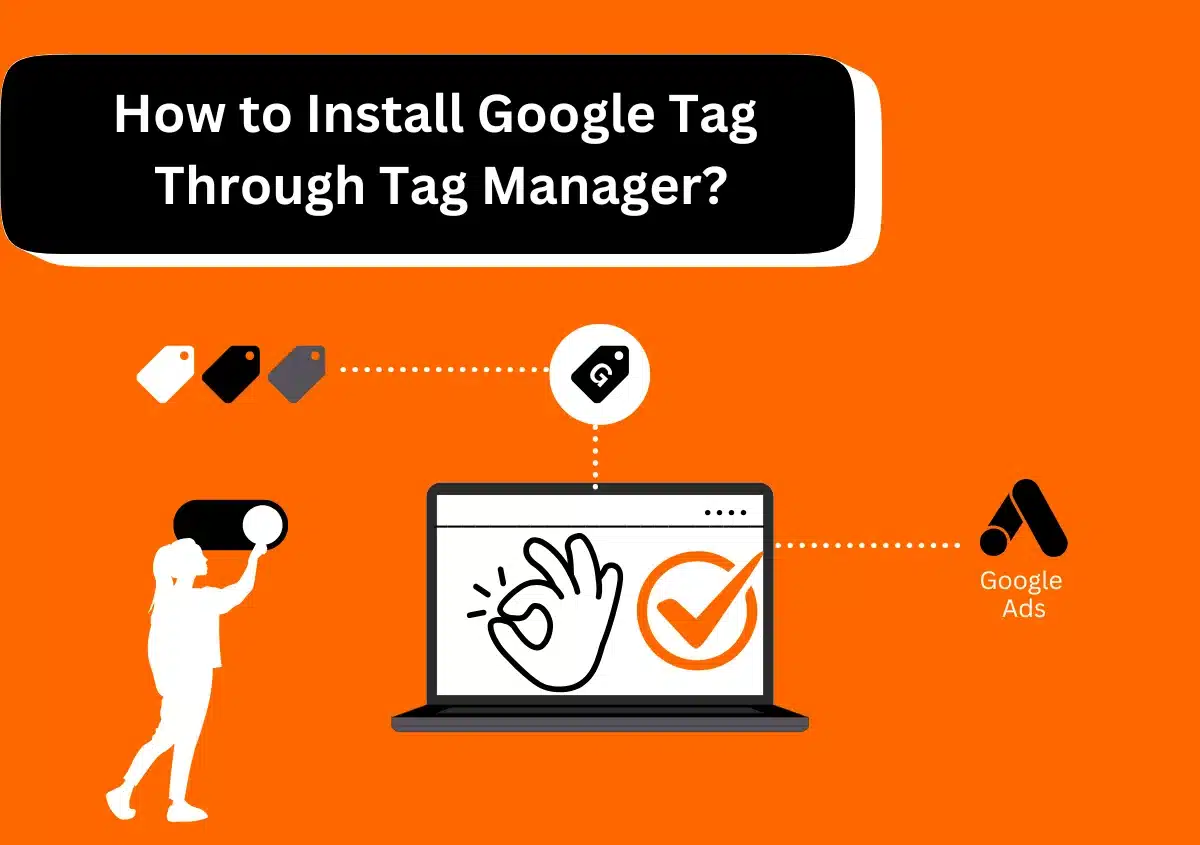
- About Us
- Design & Development
- Digital Marketing
- Analyze & Optimize
- Technologies
- Shopify Experts Agency
- Shopify Marketing Agency
- Shopify Support
- Shopify SEO Agency
- Shopify SEM Services
- Shopify SMM Services
- Shopify Web Design Agency
- Shopify Theme Development Services
- Shopify Theme Customization Services
- Shopify App Development Company
- Shopify Analytics
- Shopify CRO Agency
- Shopify Store Setup Services
- Shopify Product Description Services
- Shopify Email Marketing Services
- Shopify Content Writing Services
- Shopify Consulting Services
- Shopify Maintenance Services
- Shopify Speed Optimization Service Agency
- Shopify Migration Services
- Shopify Product & Collection Setup Services
- Shopify Marketing & Sales Consulting Services
- Shopify Content Marketing Services
- Shopify Logo & Visual Branding Services
- Shopify Brand Strategy Services
- Shopify Custom Domain Setup Services
- Shopify Business Strategy Consulting Services
- Shopify Sales Channels Setup Services
- Shopify Photo Editing Services
- Shopify Banner Ads Services
- Node JS Development Company
- PHP Development Services
- WordPress Development Services
- WooCommerce Development Services
- Magento Design & Development Services
- Joomla Development Services
- Drupal Development Services
- ReactJS Development Services
- Laravel Development Services
- HTML5 Development Services
- CodeIgniter Development Services
- AngularJS Development Services
- Shopify Experts Agency
- Blog
- Contact Us
#1 Node.JS Development Company
Professional NodeJS Development Services
Get scalable, fast, and high-quality mobile and web solutions with our NodeJS development services for your business growth.
/ 5.0

Happy customers
Please fill in your details below
to get free quote
We Work With







About Us
A Top Rated Node.JS Development Company
Node.js is a powerful technology that leads to rapid application development compared to other coding languages. As a leading provider of NodeJS development services, Website Pandas has deep expertise in launching stable, scalable, and high-performing Node.js applications. Our professionals have hands-on experience in leveraging this technology for user-centric custom web and mobile app development. We can develop top-notch iOT systems, real-time chat applications, and APIs to streamline your process or aid in business growth.
Why Use Node.JS for Development?
Node.js assists in building a variety of applications quickly. Here’s why most businesses choose it to power their projects.
High Scalability
Node.js applications are scalable enough to manage millions of users. The applications can handle a huge load and user traffic without losing any performance.
Efficient Applications
When developers use Node.js, it leads to lightweight yet extremely efficient applications. The apps perform well and can seamlessly handle concurrent requests.
Single Language Usage
With Node.js, our developers need to use only one language for both the front and backend development of an app. It promotes uninterrupted work across the various parts of the solution.
Quick Data Streaming
Node. js Streams allow efficient handling of data flow in a non-blocking way. Streams enable faster processing of datasets and real-time data. They also enable operations to be performed in a memory-efficient manner.
Quicker Development
Since Node.js unifies application development around one language like JavaScript, it makes the development process quicker. Programmers don't need to spend a lot of time building apps.
Power-packed V8 Engine
V8 is the JavaScript engine of Node.js. It is browser-independent and known for its high speed and efficiency. Developers use the performance advantages of V8 in building server-side applications.
Global Community for Support
Node.js has an extensive community of developers. The thriving community acts as a ready support base for programmers to create improved solutions.
Faster Development of Apps
The non-blocking I/O model of Javascript allows for handling simultaneous requests efficiently. In addition, the V8 engine compiles JavaScript code into machine code at runtime. It leads to better performance.
Single-Threaded Model
Node.js uses a single-threaded event loop. The app initializes the event loop when it starts and executes a single instruction at a time. This approach simplifies development greatly and also improves performance.
Easy Flexibility
We can organize a team of Node.js developers according to the needs of your project. There's no need to search for a specific service with professionals skilled in building Node.js apps.
Extensive NodeJS Development Services
Get the best-quality software tailored to your needs from our Node.js experts.
1/ Node Web App Development
Our specialist team carefully analyzes your requirements to build top-notch Node.js apps with rich-in features. No matter your industry, we can create a high-quality app powered by Node.js for you.
2/ CMS Development
We build custom CMS solutions using Node.js. In addition, we use Express.js framework, NestJS, and MongoDB for efficient content storage and management on the platform.
3/ IoT App Development
Get highly secure Node. js-driven IoT applications from Website Pandas. Our experts leverage the event-driven, open-source nature of this technology to build scalable apps.
4/ API Development
We help you boost the functionality of your current systems by making a link with robust Node.js APIs. To develop APIs quickly, we use frameworks like Express.js, Restify, and Swagger.
5/ Microservices Architecture
Website Pandas builds error-free microservices architecture through Node.js web frameworks. Not only that but our teams design microservices APIs too. The APIs improve the server-side operation of your solutions.
6/ Porting to Node.js
We can set up a Node.js server port easily. Our experts do porting when you feel the need to move your current software to Node.js. Our specialists will ensure that the migration process is smooth and does not disrupt data integrity.
7/ E-commerce Apps & Solutions
We have teams that rapidly develop robust e-commerce platforms and applications for businesses of various scales. Our Node. js-driven stores give the most delightful experience to your users.
We have teams ready to help you with code reviews. Our specialists will help in the identification of performance-disrupting issues. The consulting also covers new projects as well as customization needs.
9/ UX/UI development for Node.js
Our developers harness the power of Node.js to create diverse and intuitive user interfaces and experiences. We quickly build real-time and data-driven interfaces that facilitate seamless interactions.
10/ Node.js Maintenance & Support
We provide comprehensive maintenance and support to our clients. Our teams ensure to keep your apps and solutions operating without hiccups. Website Pandas has developers skilled in producing automation scripts. We create them for database backups, data migrations, and system checks.
Our Node.js Ecosystem
Our team uses a variety of frameworks, libraries, and tools to build scalable and networked applications.
Web Frameworks
Our programmers leverage Node.js web frameworks like Express.js, Nest.js, Koa.js, and Hapi.js to develop applications speedily. We choose the framework that suits your project's needs.
Mobile Development Platforms/Tools
Our experts use ReactNative, Flutter, and AngularJS to build a variety of mobile applications for businesses. We create modern mobile applications using our expertise in these platforms.
Database Libraries
To enable Node.js's seamless integration with database systems, we use different database libraries and ORM tools, such as Sequelize, Mongoose, Firebase Admin SDK, Knex.js, and TypeORM.
Testing and Development Tools
Website Pandas ensures that clients receive the best and rigorously tested Node.js apps. So we use various testing tools and frameworks. Babel, Mongoose, and Jest are some key tools that our teams employ.
Additional Libraries and Tools
We make use of various additional tools and libraries of the ecosystem to complement our development process. Some common libraries we use are Pino, Bull, Node-RED, Puppeteer, and NPM or Node Package Manager.
Cloud services
To build cloud-native projects, we tap into the varying cloud services in the Node.js ecosystem, such as Amazon Web Services, Microsoft Azure, and Google Cloud.
Our Node.JS Development Process
We offer a wide range of Node.js applications and solutions using a strategic process.
1/ Understanding Requirements
We begin by understanding your requirements and familiarizing ourselves with your goals. We also ask about your budget. This information is used to plan the development process and choose the service suitable for your project.
2/ Designing and Prototyping
After the assessment above, we begin making a prototype of your solution. It allows us to visualize the interface and functionalities of the app.
3/ Development
We follow the best practices to develop your Node.js project and utilize the most suitable frameworks and tools to create an app precisely as you desire.
4/ Deployment and Maintenance
We test the Node.js app comprehensively, and only after that do we deploy its code. Our teams provide every maintenance service to ensure that your software runs as intended.
Why Partner with Us?
Best Node.JS Development Company
Your Node.js project should be governed by skilled hands. Here’s why organizations in the US trust us.

Years of experience
Expert team
Leads generated
1/ Strong Security Protocols
We thoroughly test your app before sharing. While testing, we give adequate attention to ensuring that it is secure. We also enforce strict NDAs and keep safe code repositories to maintain complete security.
2/ Customized Solutions
We can collate a team of diverse Node.js professionals according to your unique needs and demands. Website Pandas specializes in custom NodeJS development services, so you will receive a solution that exactly fits your vision.
3/ Client-First Approach
Our NodeJS development services reflect a deep understanding of your vision and goals. The experts in our teams take every measure to shape your app into a product you will feel proud of for your business growth.
4/ Regular and Clear Communication
No matter at which stage of design or development we are; you will get regular updates. In addition, we seek your feedback actively to create a solution that fulfills all quality and performance parameters.
What Our Clients Say?
Your Partner With 15+ Years Of Expertise
“Partnering with Website Pandas for PPC has been the best decision for us. The team helped us save money on AdWords advertising while boosting the lead count. We could not even imagine creating and managing AdWords the way Website Pandas did. Now we know that we can successfully compete with our competitors.”

Mike Johnson
“The PPC team at Website Pandas should be the go-to choice for search engine marketing. They are responsive, accountable, and extremely knowledgeable. I loved how the experts here solely focus on client results and ROI. Their resources and PPC strategies have helped me drive maximum awareness and conversion.”

Shane Smith
“Working with Website Pandas has been an absolutely amazing experience. They’ve been our partners for over six years now, and there is nothing I would complain about. The team does everything to make your business unique and at the top of web searches. I would highly recommend the agency to anyone looking to improve their online presence.”

Matt McVicker
“Website Pandas seamlessly executed our digital marketing strategy with impressive skill. The team showed us how Google can be used in innovative ways. Our company has experienced consistent and exponential growth on channels that didn’t work for us before. Now, we consider Website Pandas more of an extension of our company than a partner.”

Sarah Walker
Case Studies
Be Part Of Our Success Stories


Beach Business Boom: SEO & Ads Campaign that Quintupled Revenue

From Stagnant to Soaring: A B2B’s Explosive Growth with Google Ads!
FAQs
Find Answers To Commonly Asked Questions
What is Node.js?
Node.js is a free, cross-platform, and open-source JavaScript runtime environment. It can be used on various operating systems and is used to code servers and web apps.
What Node.js is primarily used for?
Node.js is employed as a server-side proxy for creating efficient and scalable server-side web apps. It is mainly used to build traditional sites and back-end API services.
What are the key benefits of Node.js?
Node.js allows scalable web application development that can handle concurrent requests and have a minimized loading time. In addition, it can run on multiple platforms, like Windows, macOS, and Linux.
What are the top 10 Node.js frameworks?
Express.js, Meteo.js, Koa.js, Sales.js, and Hapi.js are some of the top Node.js frameworks that developers use. These back-end frameworks help immensely in building enterprise-grade or browser-based apps.
What kind of applications can you build using Node js?
APIs, real-time chat applications, collaboration tools, streaming apps, and Microservices architecture are some major applications that Node.js development helps build.
How can Node.js development help my business?
Businesses can leverage Node.js to build high-performing, user-centric web and mobile applications. An app using Node.js can also be made to enhance business efficiency and performance.
What are the key components of Node.js architecture?
The various parts of Node.js architecture include Requests, Server, Event Queue, Thread Pool, and Event Loop. All these components are a part of a typical Node.js web application.
How to choose the right node.js development company?
A suitable Node.js development company has experts who can handle load balancers. The developers have a deep know-how of server-side injections. The company’s professionals should have long experience and demonstrated expertise in working with NPM bundles.
How much will it cost to build a Node.JS app?
The cost of developing a Node.js app ranges between $15 to $50k. The scope of the project, the design of the app, and its complexity, especially for large-sized businesses, often influence the overall cost.
How long does it take to build a Node.js app?
On average, the Node.js application development takes around 70 to 90 minutes. This is the period for a basic app. In case the demands are greater, the time of development can be a few months.
Latest Posts
Stay Informed And Inspired

How to Setup Google Tag Through Tag Manager?

Can You Remove Conversion Action in Google Ads Editor? Quick Guide 2025

WordPress to Shopify Migration: A Comprehensive Guide 2025
Newsletter
Subscribe For Updates And Insights
